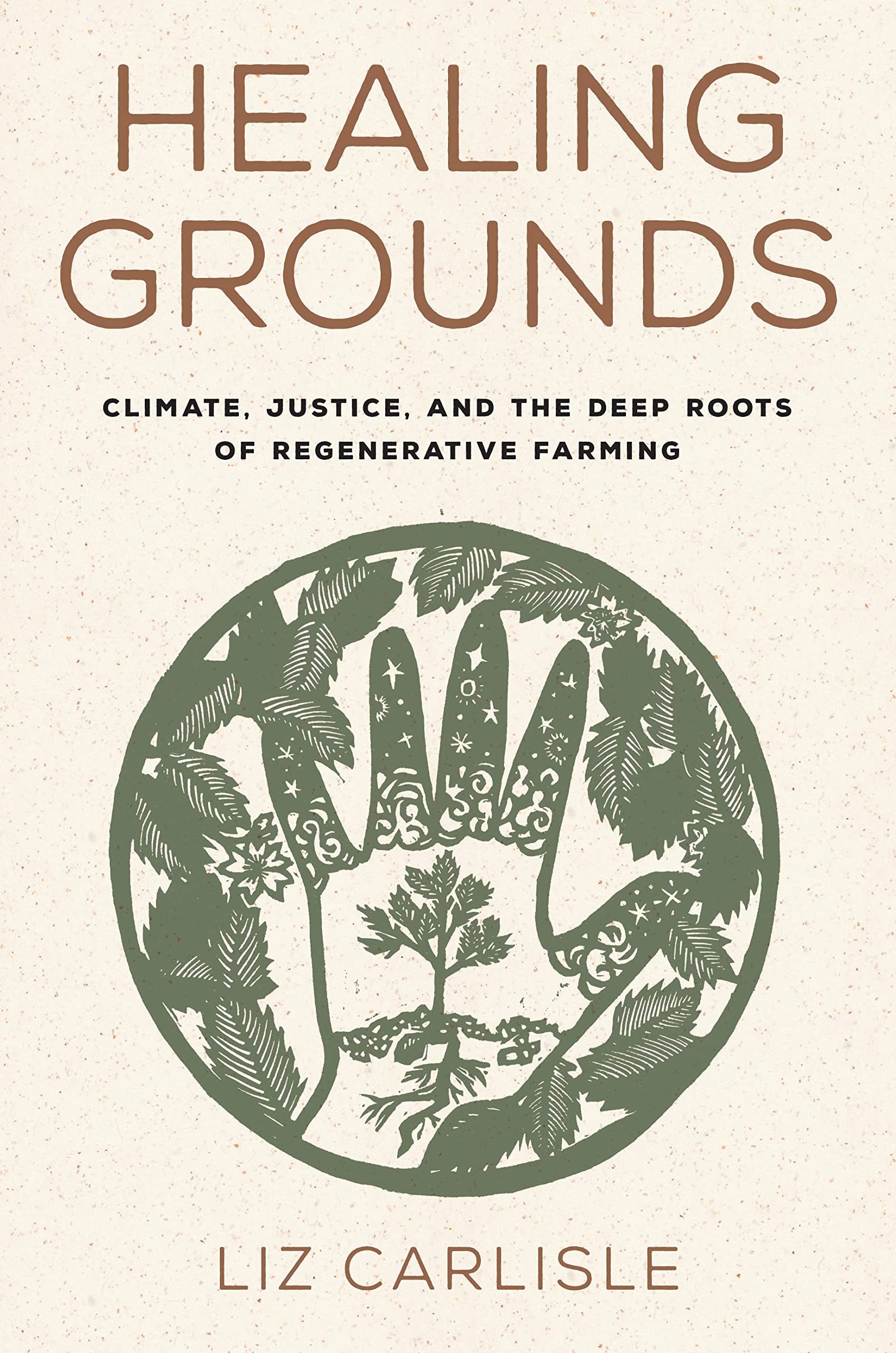Regenerative agriculture and racial justice
DOI:
https://doi.org/10.5304/jafscd.2022.114.005
Keywords:
Regenerative Agriculture, Racial Justice, Land AccessAbstract
First paragraph:
At a time when regenerative agriculture has come under increasing scrutiny for murky definitions (Newton et al., 2020), corporate dilution (Nargi, 2020), and a lack of attention to racial justice and land access (Fassler, 2021), Liz Carlisle’s Healing Grounds: Climate, Justice, and the Deep Roots of Regenerative Farming (2022) offers an expansive, justice-oriented understanding of regenerative agriculture. In Healing Grounds, Carlisle makes the case that the regenerative farming practices gaining popular traction are not new but are instead deeply rooted in the agricultural traditions of Black, Indigenous, and people of color (BIPOC) communities across the globe. To unearth these deep roots, Carlisle features the stories and work of several BIPOC women leaders in regenerative agriculture, weaving in a wealth of interviews, archival research, and historical data to examine structural agricultural injustices and the multitude of regenerative farming practices sustained by BIPOC communities. . . .
Metrics

Downloads
Published
How to Cite
Issue
Section
Categories
License
Copyright (c) 2022 Natasha Shannon

This work is licensed under a Creative Commons Attribution 4.0 International License.
The copyright to all content published in JAFSCD belongs to the author(s). It is licensed as CC BY 4.0. This license determines how you may reprint, copy, distribute, or otherwise share JAFSCD content.











